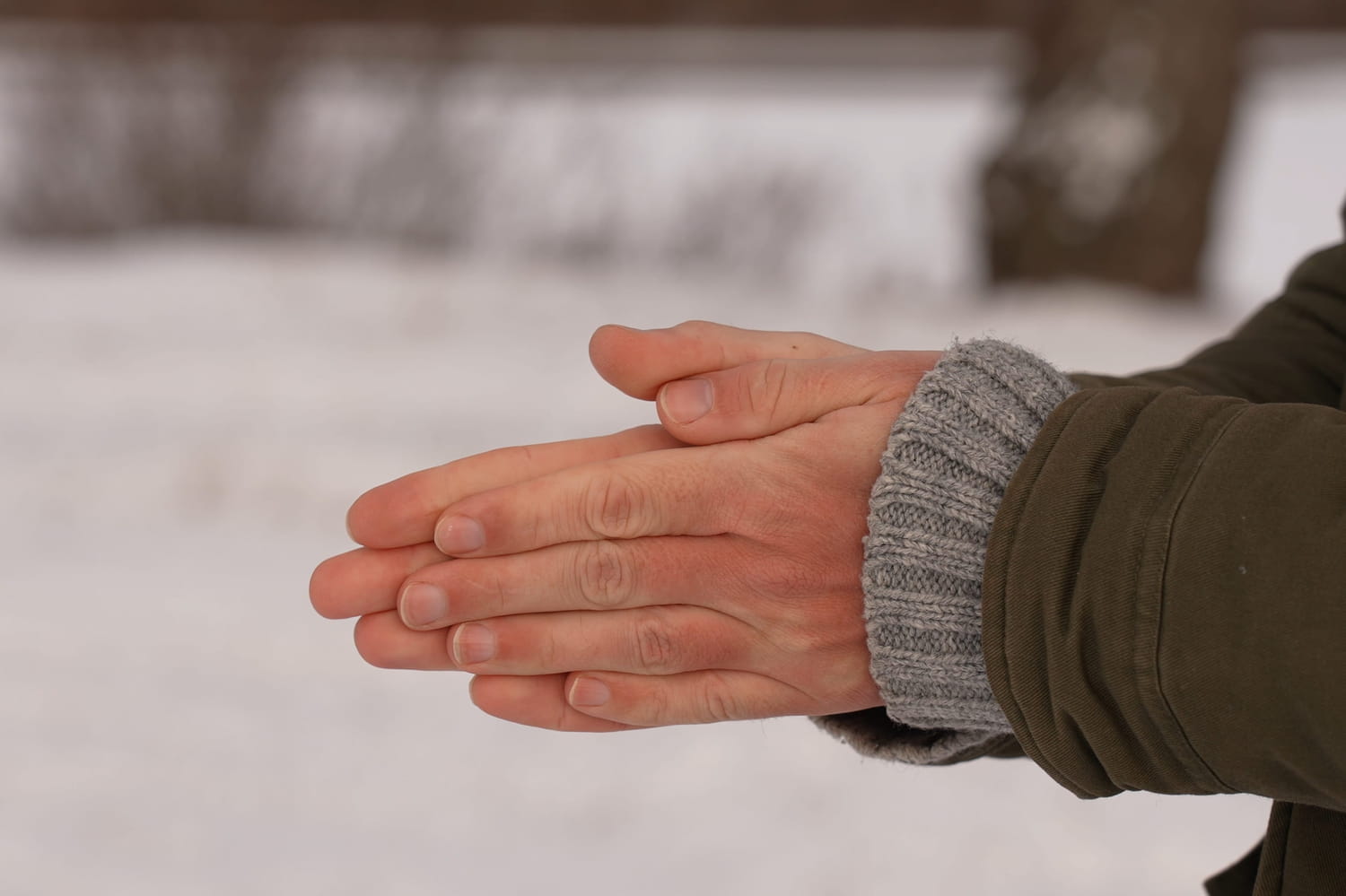Raynaud’s syndrome is common when it is cold and affects the hands and feet.
Your Fingers quickly turn white at the tips when it’s cold ? Your toes too? It may be Raynaud’s syndrome.” We talk about “Raynaud’s syndrome” but “the real term is ‘Raynaud’s phenomenon’ which is the clinical description”explains Dr Jean-Benoît Monfort, dermatologist and member of the French Society of Dermatology (SFD). It is a blood circulation disorder affecting the extremities. “The fingers are most often affected, more rarely the toes and exceptionally the ears or nose” specifies the doctor.
White, blue, red fingers: the 3 characteristic symptoms
► The fingers suddenly turn white with a feeling of numbness. This criterion is essential to say that it is Raynaud’s syndrome.
► Sometimes they then turn blue
► Then after warming they become red, secondary to reflex vasodilation, with a sensation of tingling
All of these disorders are reversible. An attack can last from a few minutes to a few hours. Consult your doctor as soon as this phenomenon appears, so that he can refer you to a dermatologist or vascular doctor. “Any Raynaud phenomenon must be explored, even if it appears benign in a young woman” confirms Jean-Benoît Monfort. Raynaud’s phenomenon is worrying when it occurs after approximately 35 years of age, when it affects a person, only one hand, or when it is accompanied by small spontaneous ulcerations of the fingertips. In these cases, “treatment must be rapid because there is very probably an underlying disease of which Raynaud’s phenomenon is one of the manifestations”.
What causes Raynaud’s syndrome?
This is a hyper-reactivity of the microcirculation during exposure to cold. The vessels that irrigate the periphery of the body show a reduction in their diameter, this is what we call “vasoconstriction”. The blood circulation which irrigates these extremities is slowed down, explaining their cooling. In a person with Raynaud’s syndrome or disease, the constriction of the arteries is excessive and reduces blood circulation. “Raynaud’s disease has no real cause. It typically occurs in young women, often with a family context (often hereditary)”continues Jean-Benoît Monfort. Raynaud’s disease, which is benign, represents more than 80% of cases. In rarer cases, Raynaud’s phenomenon may be secondary to “autoimmune diseases (systemic sclerosis, lupus)taking certain medications (beta blockers, tryptans used for migraines) or drugs (cocaine)professional causes (vibrating equipment disease in humans who regularly use a jackhammer)cancers (to be feared in men typically, smokers)but also certain blood diseases (malignant hematological diseases, monoclonal gammopathies) or endocrine pathologies (hypothyroidism, acromegaly)“.
The diagnosis is clinical. “It is done through questioning the patient and sometimes thanks to the photos they have brought.” Possible additional examinations will be carried out, such as blood tests to look for certain autoimmune diseases and capillaroscopy, a painless examination which allows the study of the capillary vessels of the skin. “If these two exams are normal, then it is a primary Raynaud’s phenomenon, without underlying disease, which does not require follow-up.” Furthermore, these examinations will ensure that Raynaud’s phenomenon is not confused with the very common acrocyanosis, which also manifests itself as bluish fingers in winter. “This pathology also develops in classically thin young women. It is perfectly benign and does not require any work-up”reassures Jean-Benoît Monfort.
How to treat Raynaud’s syndrome?
There is no definitive treatment. People affected by Raynaud’s disease never even take medication. To avoid this phenomenon:
► Protect yourself from the cold : “It’s essential: wearing gloves, small heaters to put in your pocket… You also need to protect your arms and trunk, so wear warm clothes.”
► Gain weight : Raynaud’s phenomenon improves with weight gain and tends to improve with age in its primary forms.
► Stop smoking: stopping smoking is mandatory, because it is toxic to blood vessels and promotes vasospasm. “There is no way to prevent Raynaud’s phenomenon other than avoiding smoking. Once reached, the best way remains prevention against the cold”concludes Jean-Benoît Monfort.
People affected by secondary (disease-related) Raynaud’s phenomenon may take “first-line calcium channel blockers. These are medications usually used for high blood pressure. They dilate the small vessels and relieve the symptoms. In severe cases, intravenous infusions are given in the hospital”, concludes Jean-Benoît Monfort.”
Thanks to Dr Jean-Benoît Monfort, dermatologist and member of the French Society of Dermatology (SFD).







